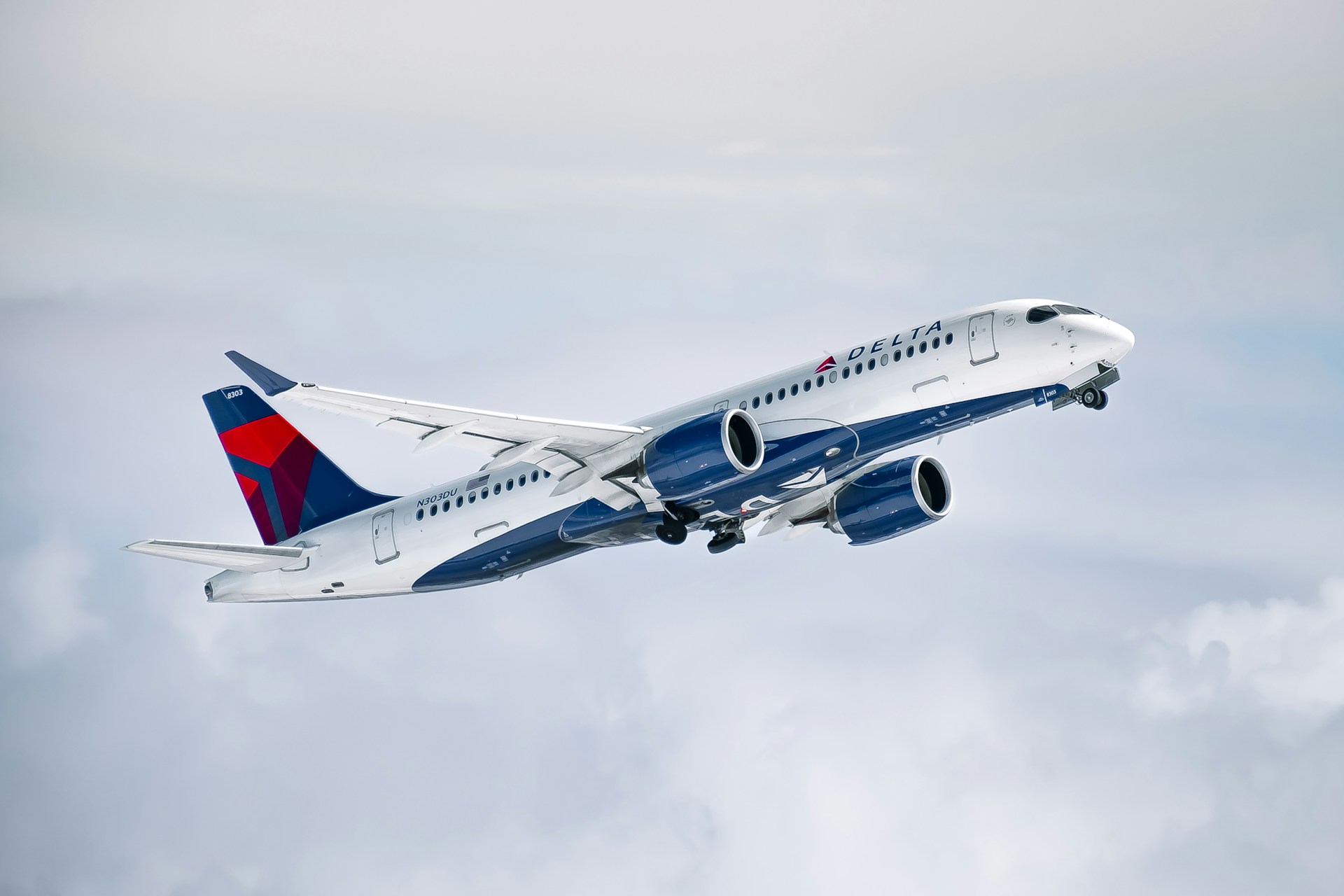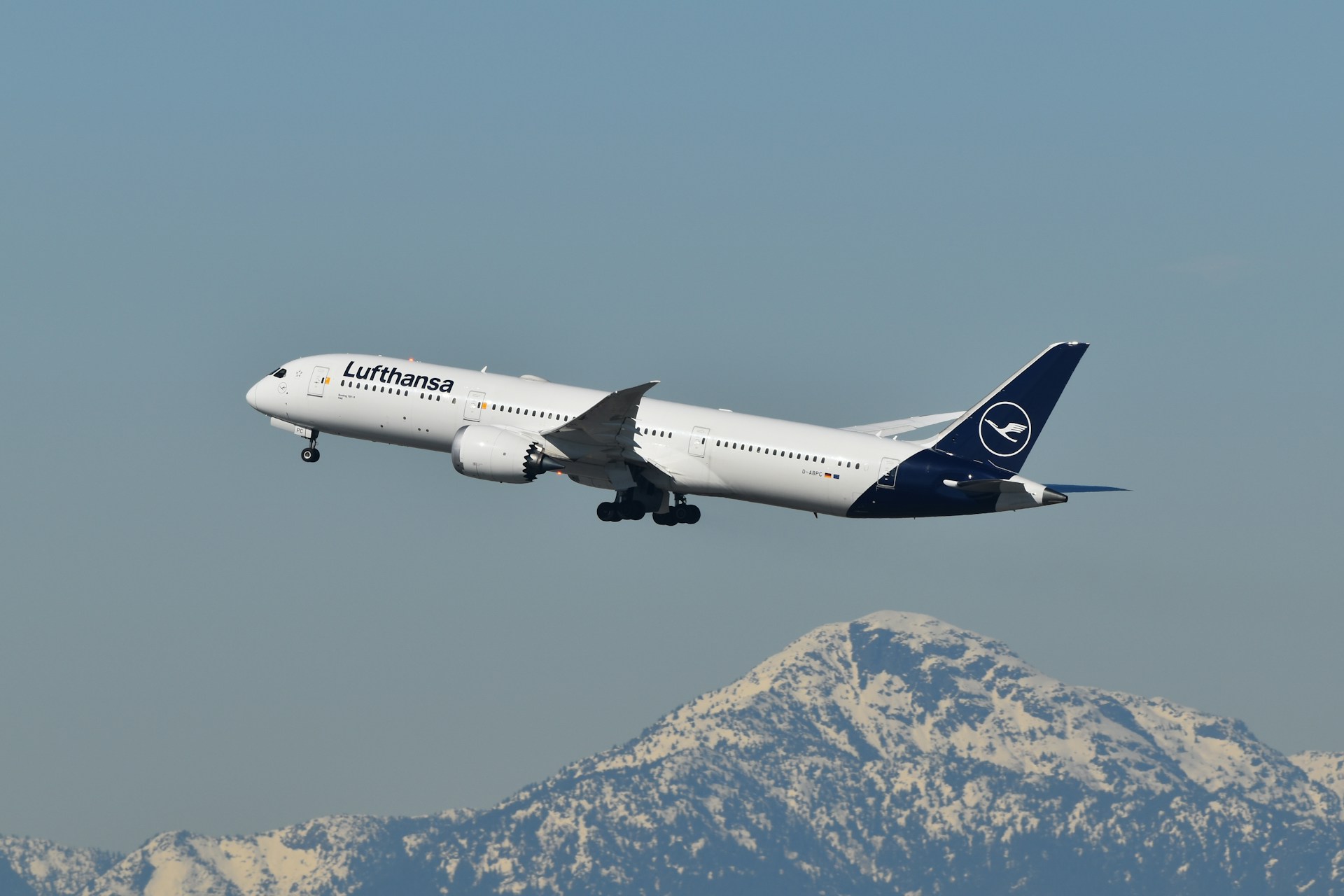Delta Expands European Network to Highest Level in Nearly a Decade
Key Takeaways
- Delta Air Lines is expanding its European network to reach the largest number of destinations in nine years.
- The airline is targeting both premium leisure and business travel markets as demand for international routes rebounds.
- This move strengthens Delta’s competitive position against United Airlines and American Airlines in the lucrative transatlantic market.
- Expansion includes both seasonal summer routes and year-round service, maximizing profitability across demand cycles.
- The strategy signals Delta’s confidence in sustained international travel recovery and growing U.S. consumer appetite for European destinations.
Delta Bets Big on Transatlantic Travel
Delta Air Lines is entering its most ambitious European growth phase since the mid-2010s, adding new destinations and restoring service levels to create its largest European network in nearly a decade. This milestone underscores the airline’s confidence that transatlantic travel demand—one of the most profitable segments in commercial aviation—has fully recovered from pandemic lows.
Delta’s network strategy reflects a bold long-term view: that American travelers remain eager for Europe’s cultural and business hubs, and that international flying will remain a cornerstone of the airline’s revenue base.
Balancing Business and Leisure Routes
The expansion reflects a carefully balanced approach. Delta is targeting business hubs like London, Paris, and Frankfurt, while also increasing frequencies to leisure hotspots such as Rome, Athens, and Lisbon. This mix ensures the airline captures both corporate contracts and high-yield summer tourism flows.
Seasonality is a key factor in transatlantic operations. By adding year-round service to essential business destinations while layering in seasonal flights to Mediterranean leisure markets, Delta maximizes aircraft utilization and revenue across peak and off-peak periods.
Competitive Positioning in the Transatlantic Market
Delta’s expansion increases pressure on U.S. rivals United and American, both of which have been cautiously rebuilding international routes since 2021. Unlike domestic networks, transatlantic flying requires access to valuable slots at capacity-constrained European airports, making early expansion a crucial competitive advantage.
With a strong base at Atlanta’s Hartsfield-Jackson International Airport and additional hubs at JFK, Boston, and Detroit, Delta is well-positioned to funnel U.S. travelers into Europe. This hub-and-spoke connectivity also benefits inbound European passengers heading to smaller American cities not directly served by foreign carriers.
Aircraft and Premium Cabin Strategy
Delta is leaning heavily on its fleet of Airbus A350s and Boeing 767-400ERs for transatlantic operations. Both aircraft are equipped with the airline’s Delta One suites, Premium Select cabins, and upgraded economy products, reinforcing its premium positioning.
European routes are among the most profitable for airlines globally, and Delta’s investment in long-haul cabin upgrades reflects recognition that passenger experience is a differentiator on competitive intercontinental routes.
Implications for International Travel
This aggressive expansion signals confidence not only in Delta’s own performance but in the broader recovery of global aviation. While business travel has not yet fully returned to 2019 levels, leisure travel continues to surge, and hybrid work models have created demand for “blended trips” combining work and vacation.
Industry analysts suggest that Delta’s European buildup could act as a bellwether for the market. If successful, it could encourage other carriers to accelerate their own long-haul growth strategies and highlight a long-term structural recovery in transatlantic aviation.
FAQs
Which European cities is Delta adding in 2024?
While full details haven’t been released, Delta is focusing on high-demand leisure markets like the Mediterranean alongside core business hubs. New route announcements are typically revealed 6–9 months before service begins.
When will these new routes launch?
Most of Delta’s new European services will begin in summer 2024, when travel demand peaks. Seasonal routes usually operate between late March and late October.
How does Delta compare to United and American in Europe?
Delta’s expansion is currently the most aggressive among U.S. legacy carriers. United remains the largest U.S. airline in terms of European destinations overall, but Delta’s growth narrows the gap and strengthens its position.
Will ticket prices go down as Delta adds capacity?
Additional capacity may help stabilize fares, but strong demand means Europe will remain a premium market. Travelers may see more competitive pricing during shoulder seasons.
What does this mean for frequent flyers?
Delta SkyMiles members benefit from expanded redemption opportunities, more nonstop options, and greater access to premium cabins. For frequent flyers, this expansion enhances both convenience and loyalty value.
✈️ Bottom Line: Delta’s European expansion is its most ambitious in nearly a decade, reflecting confidence in the resilience of transatlantic travel. By blending leisure and business routes, investing in premium cabins, and leveraging its hub network, Delta is positioning itself as a leading force in the U.S.–Europe market.
.zip%20-%201.PNG)



